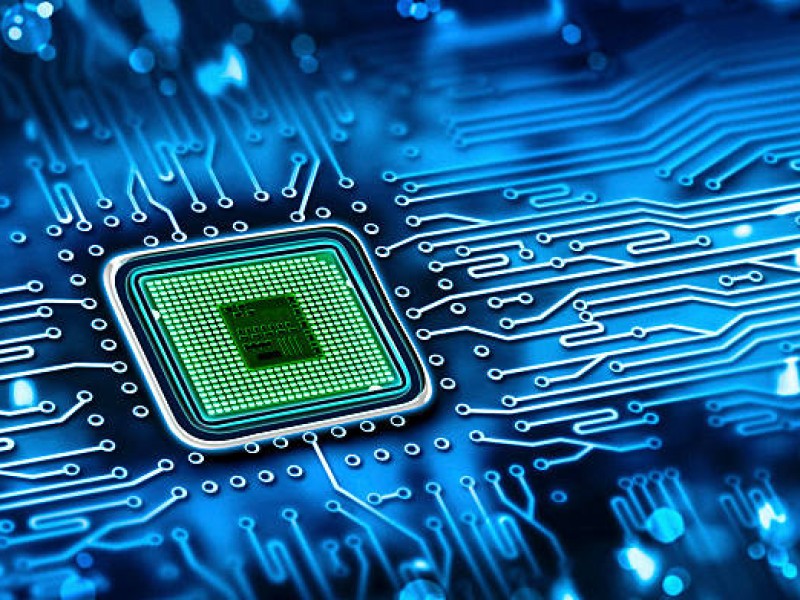Blog
Overcoming the critical parts shortages
Factory owners and plant managers are acutely aware of current shortages in critical spares.
And if media reports are anything to go by, their woes are set to get worse

Semi-Conductors and Automation
All automation products contain semiconductors. That is why the global semi-conductor shortage is affecting the automation industry so intensely. This has resulted in shortages of new products as well as spare parts.
Factory owners and plant managers are acutely aware of current shortages in critical spares.
And if media reports are anything to go by, their woes are set to get worse.
Is it Just Covid?
It could be argued that the global shortage in semi-conductors started before 2020, and is not only due to Covid-19 and the resulting disruption to global supply chains.
You could say that the shortage is occurring because the demand for semi-conductors grew by 30% between August 2020 and August 2021. You could even argue the just-in-time & built-to-order business model of the electronics industry was never designed to handle supply chain interruptions or sudden spikes in demand.
Each argument contains a kernel of truth. Companies are however no longer interested in "WHY" it's happening. All they are concerned with is when it will end?
No end in sight!
ElectronicsB2B reports that the semiconductor industry is set to grow by 11% from 2020 to 2027. For an industry already plagued by shortages and backlogs, this means that demand will consistently outstrip supply. Driving prices up and creating greater backlogs.
Many argue that Covid simply highlighted critical issues in the semiconductor supply chain infrastructure. They point out that the semiconductor shortage industry will face challenges into 2022 and beyond. Factors to consider are:
- The adoption of 5G-based automation
- Increased general chip demand
- Geopolitical factors (such as the US' current sanctions on China, and now the Russia/Ukraine war.)
What Should You Do?
TSMC and Intel are investing heavily to build up their production capacities. Some companies are going to start manufacturing their own semi-conductors. These are however long-term solutions and effects won't be felt in the near future.
But irrespective of who is building the components, both global demand, and supply chain issues will be the dominant constraints for the foreseeable future.
One immediate solution is to sharpen up your maintenance program and implement emergency measures for inventory management. The following principles could guide you:
- Operation strategy - Most maintenance is reactive. Order critical parts well in advance and don't wait until components fail.
- Standardizing the work order process - All your plant managers and maintenance staff need to be aware of the shortages, your company's strategy, and how they need to go about communicating their needs and concerns.
- Digital and Software Tools - Maybe now is the time to invest in Industrial AI solutions that can predict failure and help to optimize your assets.
As a supplier of products and services to the automation industry, we are always ready to assist clients in sourcing products or finding solutions. Do not hesitate to contact us and raise concerns. We are ready and able to help and assist where we can.
